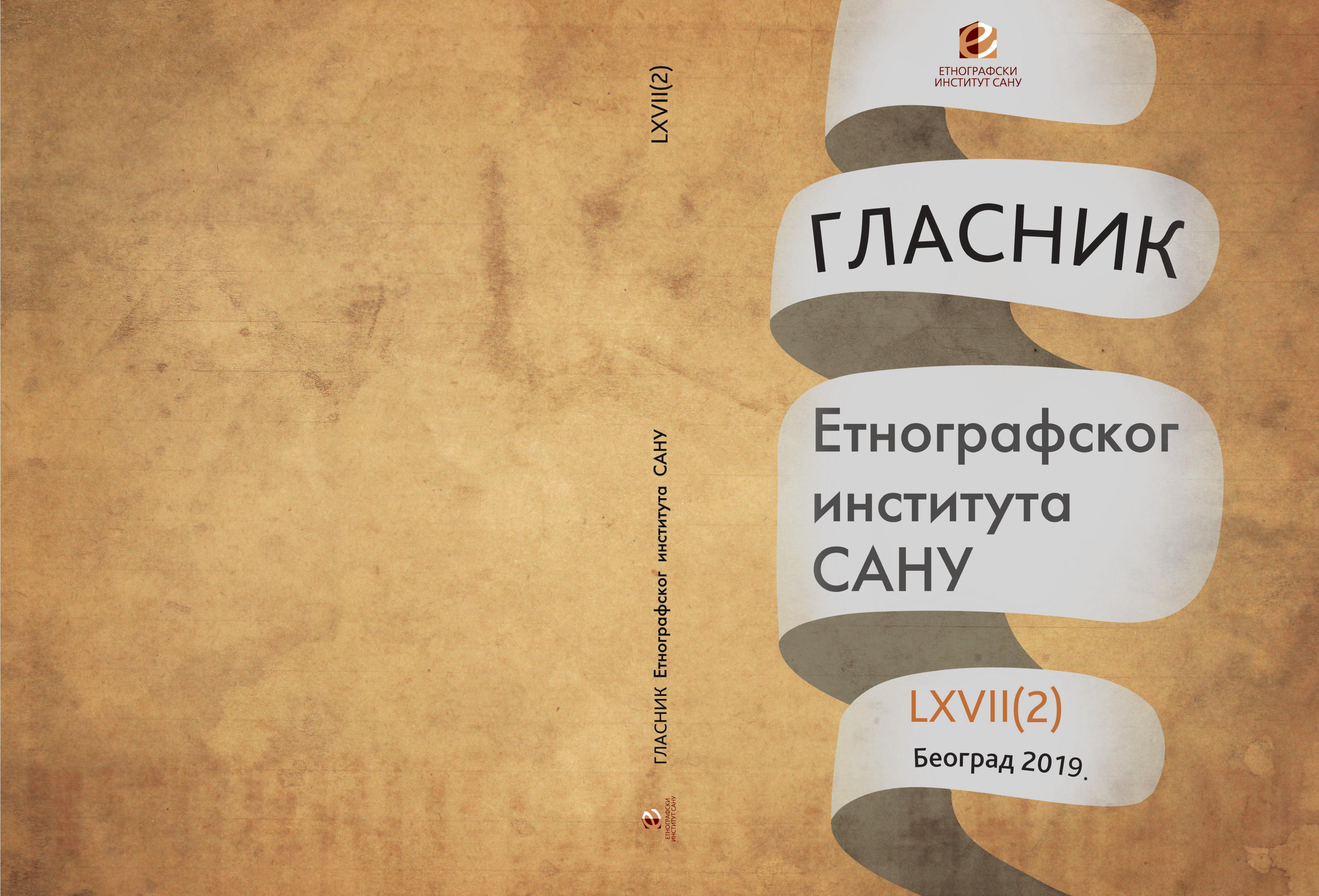Жена у улози наследнице у османско доба: пример женe муслиманке на Централном Балкану (17–18. век)
Woman in the Role of Heiress in the Ottoman Period: an Example of Muslim Woman in the Central Balkans (17–18th Century)
Author(s): Dragana AmedoskiSubject(s): Gender Studies, Gender history
Published by: Етнографски институт САНУ
Keywords: woman; inheritance right; Ottoman Empire; Balkans; Sheria court
Summary/Abstract: The objective of this paper is inheritence right which was guaranteed to Muslim woman according to Ottoman legal system. Implementation of this law was represented with a lot of examples, primarily from the Central Balkans. Most of the used sources belongs to Record Book of Complaints (Şikâyet Defterleri) and the timeline is the 17th and 18thCentury.Besides, we usedjudicial records of the Ottoman court (Sicils) but for the territory of Istanbul, due to the fact that sicils for today’s Serbia are all lost, and some decisions from the meetings of the Imperial Council (Mühimme defterleri). All of the sources are preserved in Prime Minister’s Archive in Istanbul. Most of them are completely new, so far not processed. Our paper presents that women who inherited and who were property holders were nearly as numerous as men. Heiresses represented themselves in front of the court of law and proceed formalities independently.
Journal: Гласник Етнографског института САНУ
- Issue Year: LXVII/2019
- Issue No: 2
- Page Range: 325-338
- Page Count: 14
- Language: Serbian

